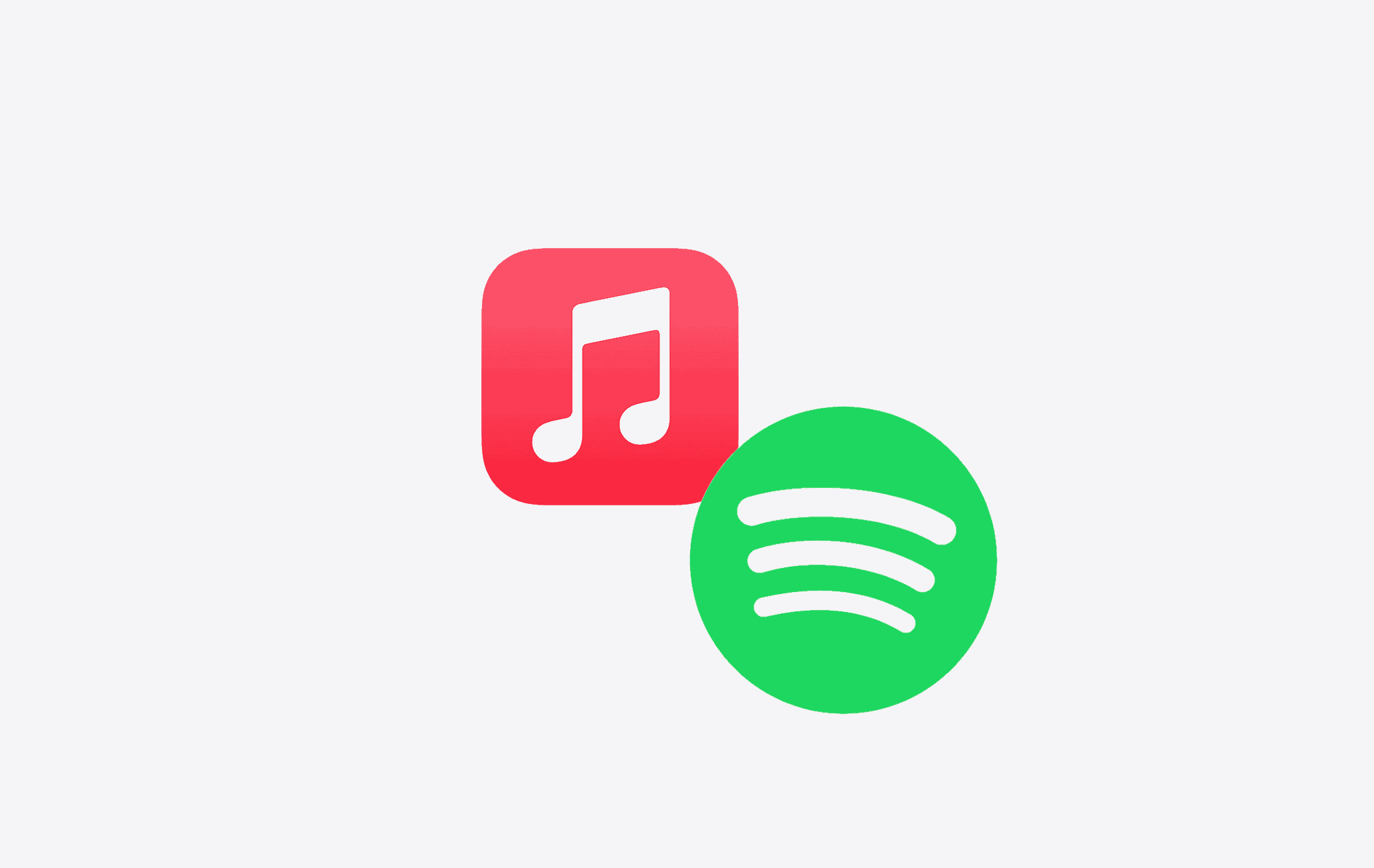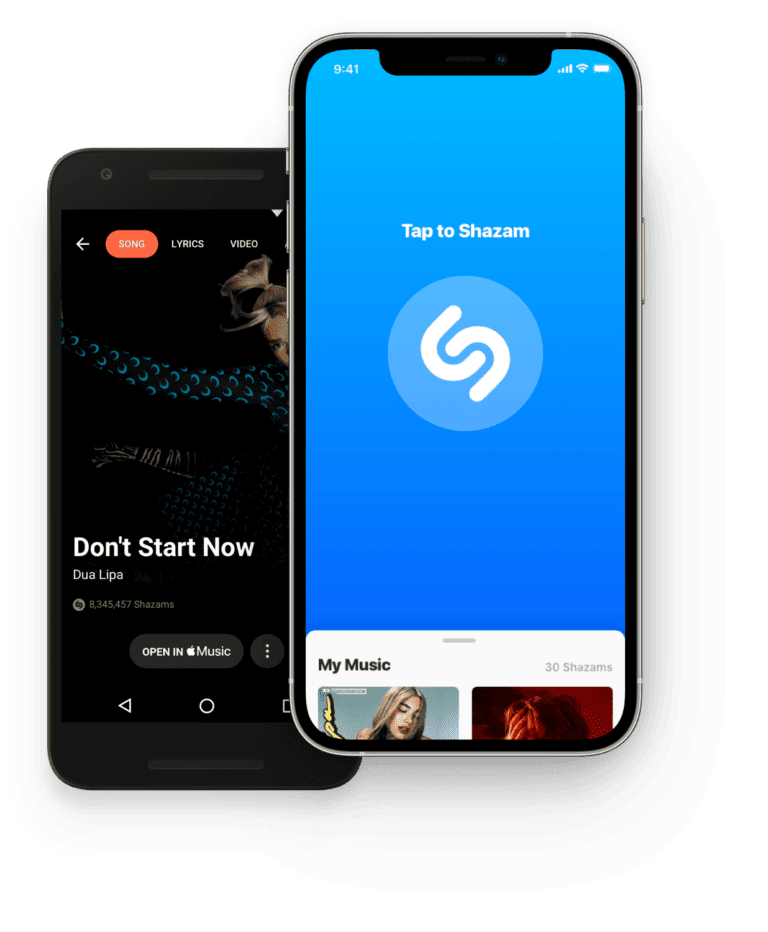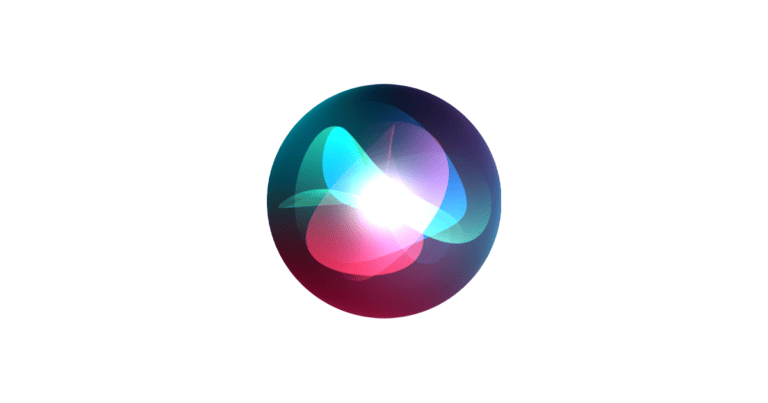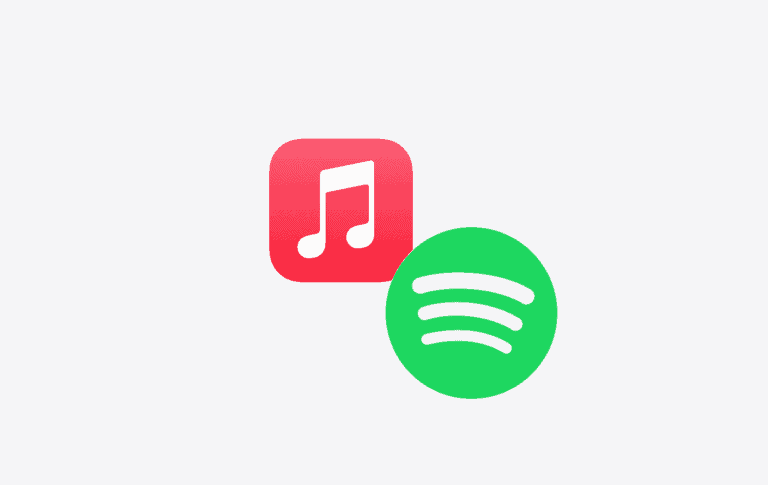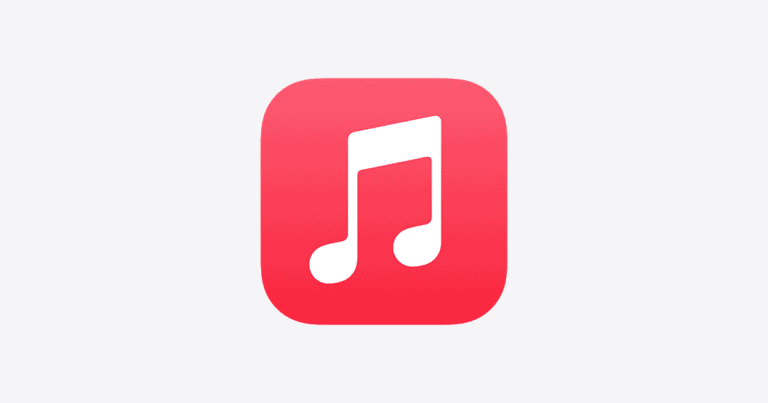With the evolution of digital media, music streaming services have become a pivotal part of how people listen to music. YouTube Music, known for its wide array of songs and videos, is a popular choice for many. However, some users look for alternatives that offer different features or a more tailored music experience. Several services exist that allow for a smooth transition from YouTube Music, with varying price points and features to suit different user preferences.
Alternatives to YouTube Music range from free options to subscription-based models. Each service brings its own unique mix of functionalities, such as exclusive content, tailor-made playlists, and high-fidelity audio options. Exploring these alternatives allows users to find the service that best matches their listening habits and requirements. In examining these alternatives, users consider not just the library size but also the interface, device compatibility, and additional perks like offline listening or family plans.
The best music streaming services for every type of listener
YouTube Music remains one of the most popular streaming platforms thanks to its vast catalog and integration with Google’s ecosystem — but it’s not for everyone. Whether you’re looking for better audio quality, artist compensation, or personalized discovery, there are plenty of strong alternatives in 2026.
This guide breaks down the best YouTube Music alternatives available today, comparing features, pricing, and unique strengths based on recent reviews from Esquire, CNET, and NerdWallet.
1. Spotify — Best for Music Discovery
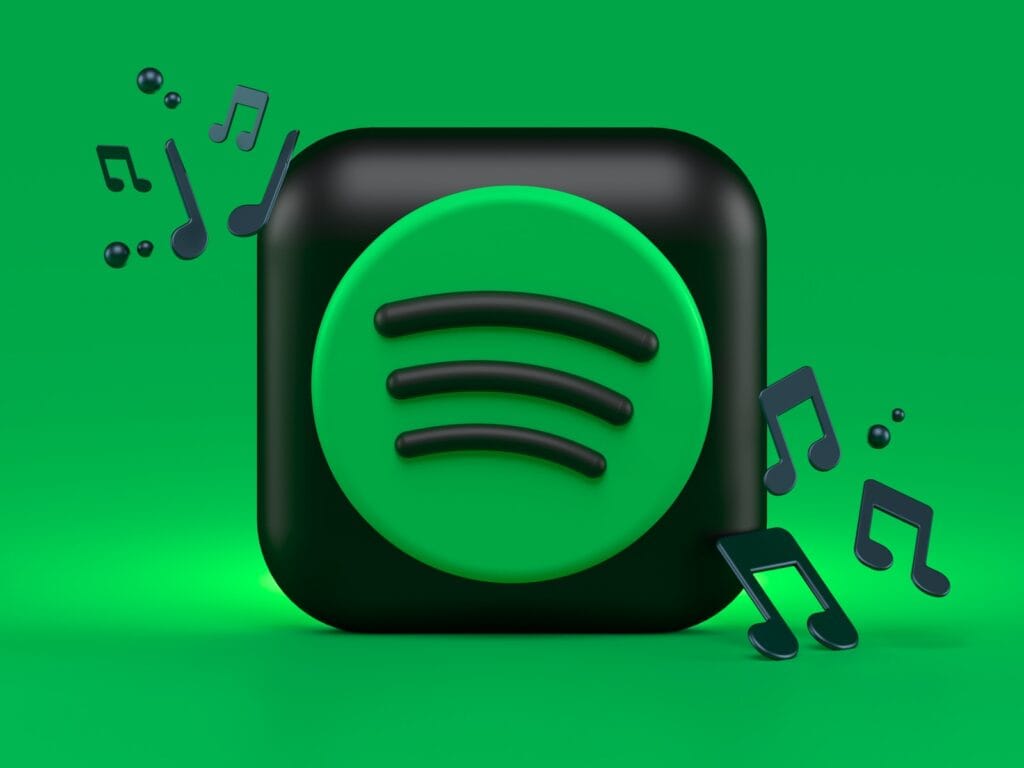
Why it’s great:
Spotify continues to dominate with its unmatched algorithmic recommendations, curated playlists, and social sharing features. In 2026, Spotify’s AI DJ 2.0 and personalized daily mixes make discovering new songs effortless.
Key Features:
- Excellent discovery and playlist curation
- Podcasts and audiobooks integrated
- Collaborative playlists and Blend feature
- Available on nearly every device
Pricing (2026):
- Free (ad-supported)
- Premium Individual: $11.99/month
- Premium Family: $19.99/month
Best for: Listeners who want smart recommendations and social features.
2. Apple Music — Best for Sound Quality
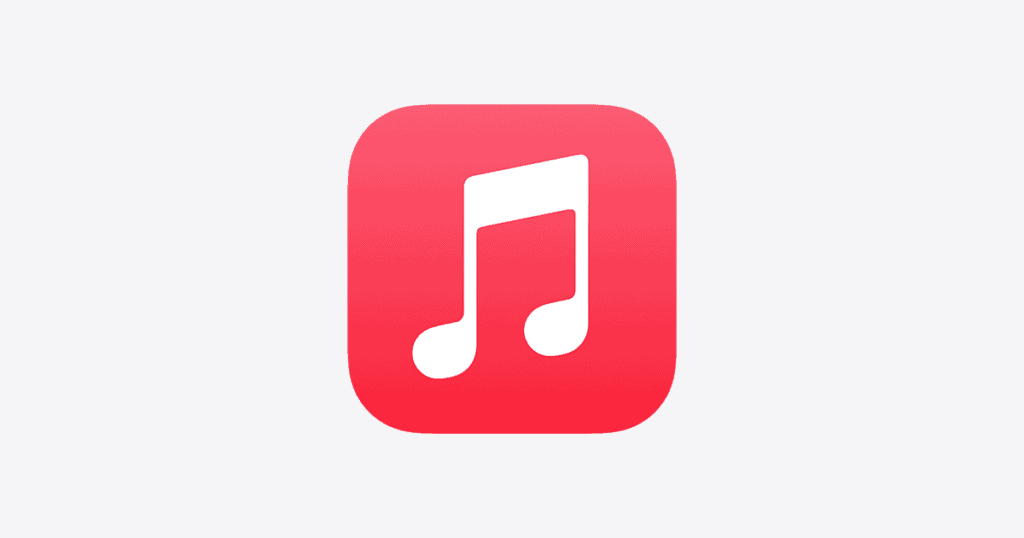
Why it’s great:
Apple Music offers lossless and hi-res audio at no extra cost, plus Dolby Atmos spatial audio for immersive listening. It integrates perfectly with iOS, macOS, and HomePod devices.
Key Features:
- Up to 24-bit/192kHz lossless audio
- Dolby Atmos and Spatial Audio
- Huge library (100+ million songs)
- Seamless integration with Siri and Apple devices
Pricing (2026):
- Individual: $10.99/month
- Family: $16.99/month
- Student: $5.99/month
Best for: Audiophiles and Apple ecosystem users.
3. Tidal — Best for Artists and Audiophiles

Why it’s great:
Tidal remains the go-to for studio-quality sound and artist-friendly payouts. With Tidal HiFi Plus, users can stream FLAC and MQA tracks at up to 24-bit/192kHz and directly support artists through fan-centric royalties.
Key Features:
- HiFi and HiFi Plus tiers
- FLAC and MQA formats
- Artist-first payment model
- Curated editorial playlists
Pricing (2026):
- HiFi: $10.99/month
- HiFi Plus: $19.99/month
Best for: Serious audiophiles and those who want to support artists fairly.
4. Deezer — Best for Personalized Flow
Why it’s great:
Deezer’s Flow feature creates an endless, smart mix of your favorites and new discoveries. It’s available globally and supports HiFi lossless audio.
Key Features:
- Flow AI recommendation system
- HiFi FLAC streaming
- Lyrics display and song ID integration
- Cross-platform compatibility
Pricing (2026):
- Free (ad-supported)
- Premium: $10.99/month
- Family: $17.99/month
Best for: Listeners who want a balance between discovery and quality.
5. Amazon Music Unlimited — Best for Alexa Users
Why it’s great:
Amazon’s service has improved dramatically, offering HD and Ultra HD audio and full Alexa integration. It’s ideal for Echo and Fire TV users.
Key Features:
- 100+ million songs in HD and Ultra HD
- Dolby Atmos and 360 Reality Audio
- Seamless Alexa voice control
- Included with Amazon Prime (limited version)
Pricing (2026):
- Prime Members: $8.99/month
- Non-Prime: $10.99/month
- Family Plan: $16.99/month
Best for: Smart home users and Prime subscribers.
6. SoundCloud — Best for Independent Artists
Why it’s great:
SoundCloud remains a hub for emerging artists, remixes, and DJ mixes you won’t find elsewhere. It’s a community-driven platform that rewards creators directly.
Key Features:
- Upload and stream independent music
- Fan-powered royalties
- Social interaction with artists
- Mobile and web-friendly
Pricing (2026):
- Free (limited)
- SoundCloud Go+: $9.99/month
Best for: Indie music fans and creators.
7. Pandora — Best for Radio-Style Listening (U.S. Only)
Why it’s great:
Pandora’s algorithmic radio stations are still among the best for casual, hands-free listening. It’s simple, familiar, and works great in cars and smart devices.
Key Features:
- Personalized radio stations
- On-demand playback (Premium only)
- Integration with Alexa and Google Assistant
Pricing (2026):
- Free (ad-supported)
- Plus: $5.99/month
- Premium: $10.99/month
Best for: Users who love radio-style streaming.
8. Qobuz — Best for Studio-Quality Collectors
Why it’s great:
Qobuz offers hi-res FLAC streaming and digital album purchases, appealing to true audiophiles who want to own their music.
Key Features:
- 24-bit/192kHz FLAC streaming
- Downloadable album purchases
- Editorial content and liner notes
- No lossy compression
Pricing (2026):
- Studio: $12.99/month
- Sublime+: $15.99/month
Best for: Audiophiles and collectors who value ownership.
Comparison Table: Top YouTube Music Alternatives (2026)
| Service | Audio Quality | Free Tier | Strength | Monthly Price (Standard) |
|---|---|---|---|---|
| Spotify | Up to 320 kbps | ✅ | Discovery & social | $11.99 |
| Apple Music | Lossless / Spatial | ❌ | Sound quality | $10.99 |
| Tidal | HiFi / MQA | ✅ (limited) | Artist support | $10.99+ |
| Deezer | FLAC (HiFi) | ✅ | Smart Flow AI | $10.99 |
| Amazon Music | Ultra HD / Atmos | ✅ (Prime) | Alexa integration | $8.99+ |
| SoundCloud | Variable | ✅ | Indie community | $9.99 |
| Pandora | AAC 192 kbps | ✅ | Radio-style | $5.99+ |
| Qobuz | 24-bit FLAC | ❌ | Audiophile-grade | $12.99 |
Final Verdict
- 🎧 Best Overall Alternative: Spotify — unbeatable discovery and social features.
- 🔊 Best Sound Quality: Apple Music or Tidal HiFi Plus.
- 💡 Best for Discovery with Independence: Deezer Flow or SoundCloud Go+.
- 🏠 Best for Smart Homes: Amazon Music Unlimited.
Sources:
- Esquire – Best Music Streaming Services in 2025, Compared and Ranked
- CNET – Best Music Streaming Service (2025)
- NerdWallet – Music Streaming Costs Compared
- AlternativeTo – Best YouTube Music Alternatives
Key Takeaways
- Music streaming services offer various features that appeal to different user needs.
- Choices include both free and subscription-based models.
- Differences among services involve library size, interface, and additional features.
Comparison of Music Streaming Services
Choosing a music streaming service can be overwhelming with so many available options. Readers will find key insights into subscription models, unique features, and user experiences across various music streaming platforms in the following breakdown.
Subscription-Based Alternatives
Spotify, Apple Music, and Amazon Music are leading services that offer plans tailored for individuals, families, and students. Spotify Premium eliminates ads and provides offline listening, while Apple Music’s family plan is cost-effective for multiple users. Amazon Music also competes with similar subscription packages, often bundling extra perks for Amazon Prime members.
Free Music Streaming Platforms
Supported by ads, Spotify’s free version, Pandora, and SoundCloud provide music at no cost. These services offer music streaming with ads and some limitations, such as shuffle-only modes or limited song skips. Users who don’t mind interruptions commonly favor them for casual listening.
Special Features in Alternative Services
Tidal’s Master Quality Audio and Spotify’s upcoming HiFi service promise high-fidelity sound for audiophiles. For those who prefer not just tunes but also talk, platforms like Spotify and Deezer offer podcasts and other audio content. These features cater to users who value both quality and diversity in their audio experience.
User Experience and Accessibility
The ease of use is critical. Services like Apple Music and Spotify ensure seamless navigation through intuitive interfaces on iOS and Android devices. Meanwhile, desktop apps like Tidal or platforms such as Plexamp take music listening beyond mobile, offering rich experiences across multiple devices.
Emerging and Niche Music Platforms
New entrants like Plexamp and Bandcamp cater to niche audiences. They offer unique experiences such as supporting indie artists or offering different music file formats. Services like iHeartRadio diversify by providing access to radio stations, while BeMusic is a newer player in the streaming landscape, offering fresh alternatives.
Ownership and Music Distribution
Platforms like Bandcamp enable listeners to buy music directly, supporting musicians more significantly. Google Play Music and iTunes previously dominated this space but have since made way for streaming services that offer music purchases and song uploads for a more personalized library.
Social and Community Features
Collaborative playlists on Spotify enhance the social aspect of music, allowing friends to curate lists together. Apple Music’s “For You” section provides custom playlist suggestions, while Tidal offers exclusive content, fostering a community around particular artists or genres.
Complementary Services for Music Enthusiasts
Beyond basic streaming, services have begun to integrate articles, news, and podcasts for a comprehensive media experience. Apple Music and Spotify lead in providing this complementary content, merging audio and visual storytelling to heighten the overall user experience.
Comparing Audio Quality
Audiophiles often choose Tidal or Qobuz for lossless and Master Quality Audio, which deliver superior sound. Amazon Music offers high-quality audio too. Spotify is set to join this high-fidelity tier with its HiFi service, providing CD-quality audio to satisfy users desiring premium sound.
Device and Service Integration
Ease of integration is essential for users who have smart homes or use various devices. Spotify and Amazon Music integrate smoothly with Alexa-enabled devices like Echo, while Apple Music is the go-to for users embedded in the iOS ecosystem. This interoperability ensures users can enjoy their music anywhere, on any compatible device.
The Long-Term View of Music Streaming
Music streaming services are shaping the future of how we consume music. This section explores key aspects that will influence the longevity and success of these platforms.
Adapting to User Behavior and Trends
Music services meticulously study listener habits. They do this to offer personalized suggestions that match user preferences. Adapting to trends involves updating apps for iOS devices like iPhone and Android smartphones regularly. Playlist recommendations evolve to keep pace with genre popularity and new artists.
Anticipating Future Developments in Digital Audio
Streaming platforms plan for advancements in audio tech. High fidelity (hi-fi) options like those offered by Tidal Music indicate a shift towards premium service. Apps compete by refining their subscription-based models, often proposing individual plan and family plan options to appeal to various user needs.
Impact of Legislation and Artist Rights
Changes in law affect streaming services and the music library they can offer. Artist rights impact negotiations and ultimately the tracks available on platforms. A service like Bandcamp gives more control to musicians, while bigger names like Amazon Music adhere to strict copyright standards.
Investments in Technology and Infrastructure
To keep up with demand, music services invest in tech and infrastructure. This means improving streaming quality and ensuring fast, reliable access to a vast music library. Spotify and Deezer stand out by investing in systems that support heavy user traffic and intricate metadata management.
Exclusive Content and Artist Partnerships
Some platforms secure exclusive deals with artists. Exclusive podcasts or albums can influence popularity and draw in subscribers. Artist partnerships can provide unique content, making one streaming platform more attractive than another. For example, YouTube Music might feature exclusive video content from a popular band.
Market Dynamics and Competition Among Platforms
The popularity of a music streaming app can see-saw as new alternatives enter the market. Competitors like Spotify, Tidal, and Deezer vie for listeners by offering diverse libraries and user-friendly features. Amazon Music and Spotify suggest playlists “for you,” making them strong contenders in the market.
By considering these aspects, streaming services strive to remain relevant and competitive in the evolving landscape of digital music.
Frequently Asked Questions
This section explores some common queries regarding YouTube Music alternatives to help users find the best streaming service for their needs.
What are the top alternatives to YouTube Music for streaming music?
Spotify stands out as a key alternative with a broad music library from major record labels. Amazon Music and Plex are also among the top contenders for streaming music with their own unique offerings.
Which free services are comparable to YouTube Music?
Spotify operates on a freemium model, providing a free version with ads. Users looking for a no-cost service with a significant music selection will find Spotify a viable alternative.
What apps offer the best experience similar to YouTube Music on Android?
Spotify and Amazon Music apps are widely used on Android devices. They offer interfaces and features that provide an experience comparable to YouTube Music.
Are there any ad-free music streaming alternatives to YouTube Music?
Services like Spotify Premium and Amazon Music Unlimited offer ad-free music streaming. Subscribers can enjoy uninterrupted music on these platforms.
How do Amazon Music and other services compare to YouTube Music for subscribers?
Amazon Music boasts a catalog of 60 million songs and provides varying subscription tiers. It compares favorably to YouTube Music in terms of library size and subscription options.
Can you recommend some music streaming platforms that are open-source like those found on GitHub?
Open-source music streaming platforms provide customizable and community-driven alternatives. Users interested in such platforms can explore options available on GitHub, although they may need to manage the setup and hosting themselves.

